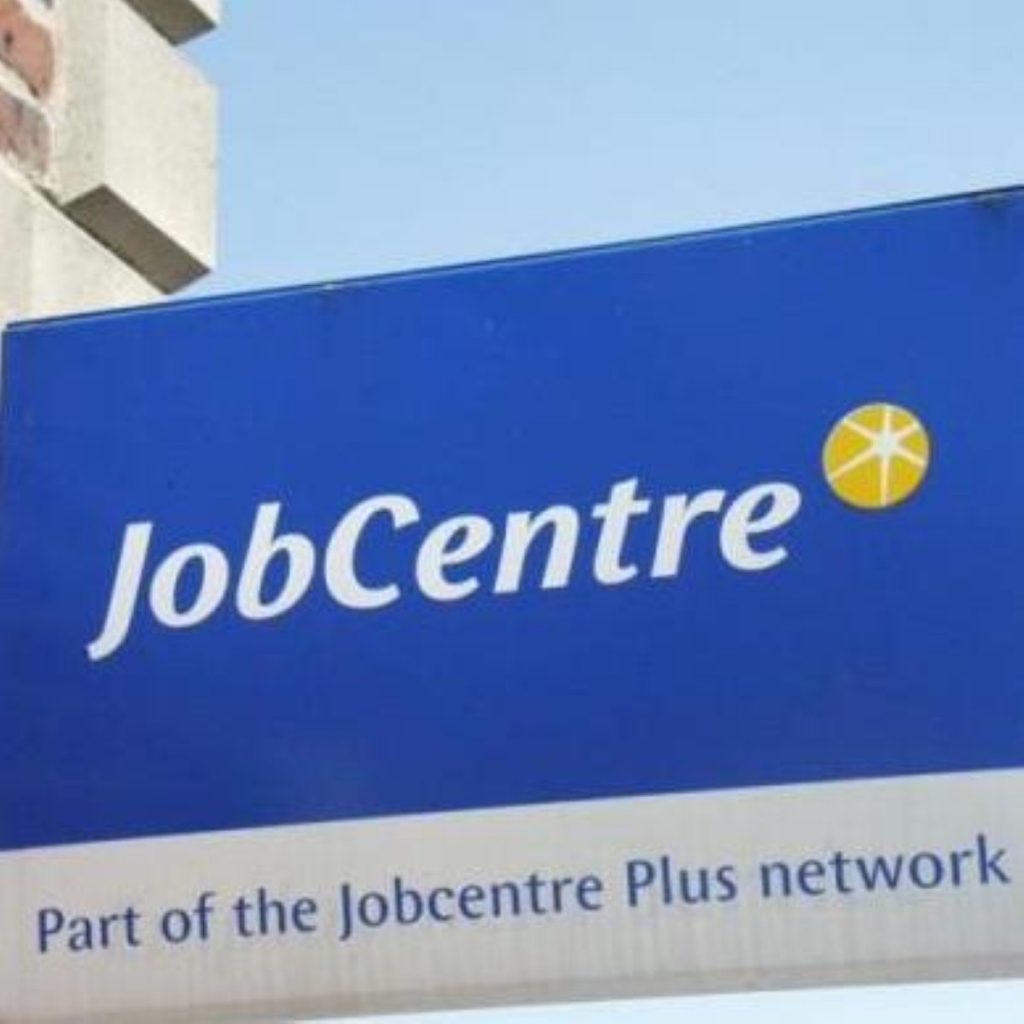Mixed employment picture
New figures from the Office for National Statistics (ONS) show that the unemployment rate for this quarter is unchanged, but that the number of people unemployed is up and the number of people in employment is down.
For the three months ending in May the employment rate stands at 74.7 per cent, down from 74.9 per cent for the previous quarter.
The number of people in employment fell by 29,000 to 28.3 million.
This is the first quarterly fall in the total employment level since September 2002. The ONS puts the fall down to 23,000 less women in work.


In positive news for the Government there is another fall in the numbers claiming Jobseeker’s Allowance, to the lowest level since 1975, and there are more job vacancies than the same period last year.
Growth in earnings, including bonuses, is unchanged, easing fears of inflationary pressures on the market.
The UK’s unemployment rate remains one of the lowest in the world at 4.8 per cent, with economic powers like France and Germany’s running at over 9 per cent and the USA’s at around 5.6 per cent.
According to ONS the number of unemployed men is at the lowest level since it was first measured in 1984.
Minister for Work, Jane Kennedy, said: “The number of people in work in the UK is rising, up two hundred thousand in the last twelve months alone. With nearly 75 per cent of the working age population in work we have the best employment record of the major world economies.”
“Because of our success in helping people into work, unemployment is the lowest for nearly thirty years and continues to fall. We have the second lowest unemployment of the major economies, after Japan.”
The Liberal Democrat work spokesman however accused the Government of presiding over a “shocking” decline in the manufacturing industry. According to the ONS manufacturing jobs have hit their lowest point since 1978. Paul Holmes said: “Manufacturing job losses strike at the heart of local communities and small scale factory closures can have as detrimental an effect as the high-profile collapses that make news headlines.
“More must be done to help the real economy of our towns and rural areas, rather than allowing manufacturing jobs to continue to haemorrhage.
“The Government’s indifference to the thousands of jobs going to the wall is shocking.”












